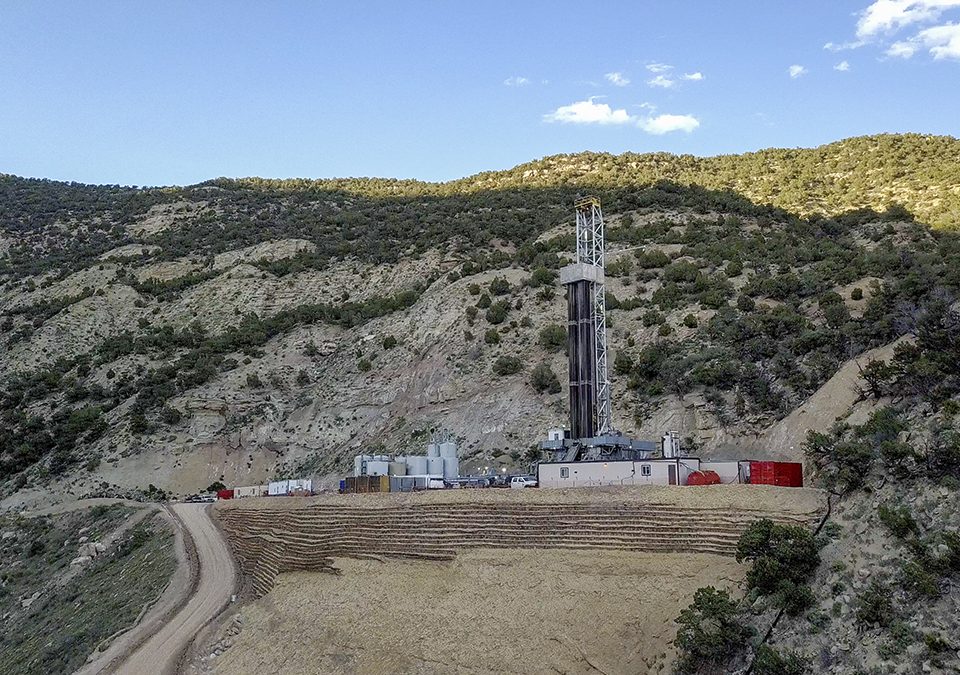A Tale of Two States - Deregulation in Texas
DOE’s Hard Work and Always-On, Clean, Affordable Power
May 17, 2018Smarter Ways Forward with The Ray
May 24, 2018Last month, the Texas Coalition for Affordable Power (TCAP) released an update to its regular report on Texas’ deregulated power market. TCAP is a not-for-profit that helps aggregate electricity purchases for dozens of cities in Texas, and so has a vested interest in monitoring the state’s complicated and ever-changing electricity markets. TCAP’s analysis can help you decide whether the Texas deregulation “miracle” is a tall tale.
I became a TCAP fan last summer after identifying them as one of the nation’s few organizations able to discuss “capacity markets” in plain English.
Since Texas is so frequently held up as an example of the virtues of electric wholesale and retail deregulation, it’s worthwhile for other states to track and understand the tale of two populations – the deregulated, largely in the state’s huge population centers, and the unregulated, usually in rural areas served by electric co-ops and a range of towns and cities with community-owned utilities.
Using both Energy Information Administration (EIA) data and in-state resources such as the Texas PUC, TCAP has followed electricity prices and trends since 2002, the first year of deregulation’s implementation.
First the good news – “the 16-year-old deregulated retail electric market in Texas is delivering some of its best results so far for residential consumers.” Some competitive retailers in 2017 and 2018 have developed service packages that will deliver lower prices for some deregulated consumers.
However, as TCAP shows, over the 16 year experiment, “Texans consistently have paid higher average residential electric prices in areas with deregulation, as compared to prices in areas exempt from deregulation.”
Averages and percentages are one thing, but for citizens and policymakers, dollars speak more loudly. A review of “Lost Savings” shows that across the deregulated market, Texans could have saved more than $27 billion in “lower residential electricity bills from 2002 through 2016 had they paid the same average prices as Texans living outside deregulation. In 2016, lost savings amounted to nearly $800 million.
Ok, but Texas is such a big state. Surely those amounts blended over millions of people added up to pocket change? And that loss of pocket change was more than offset by the fun and freedom of choosing your own electricity provider.
Hardly. A “typical residential customer under deregulation (defined as a customer paying average deregulated prices and consuming 1,300 kWh of electricity each month) would have saved more than $5,500” over the fifteen years. For $5,500 saved with compound interest over time, a family could begin to afford a home battery storage system.
The next time PACE takes a tour through Texas, we’ll look at what deregulation and lower reserve margins mean ahead of what could be a long, hot summer.

